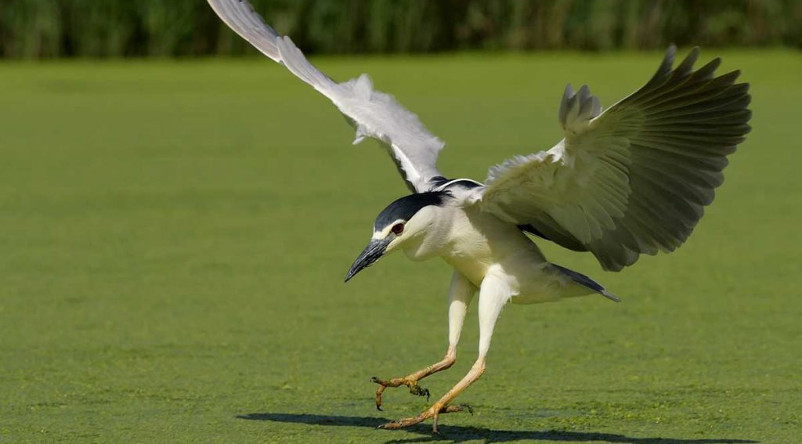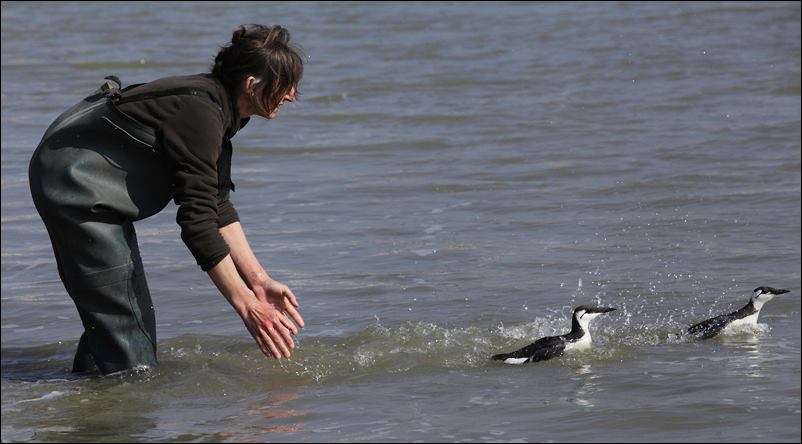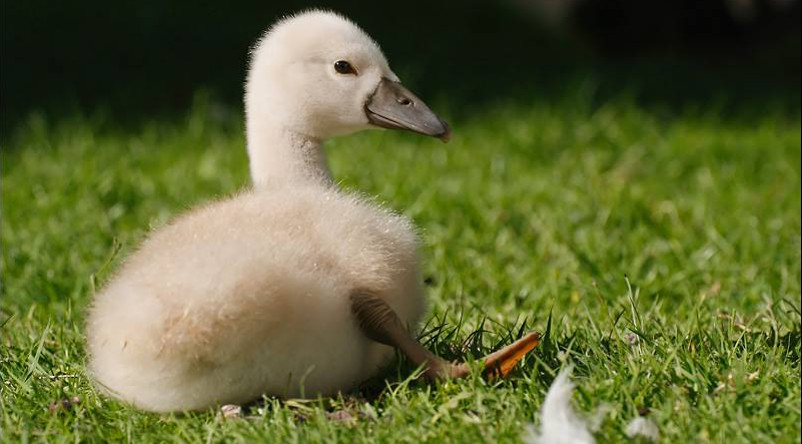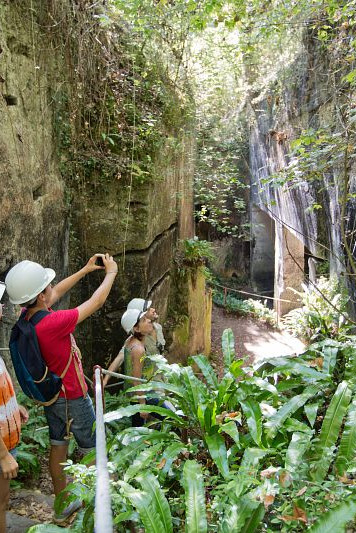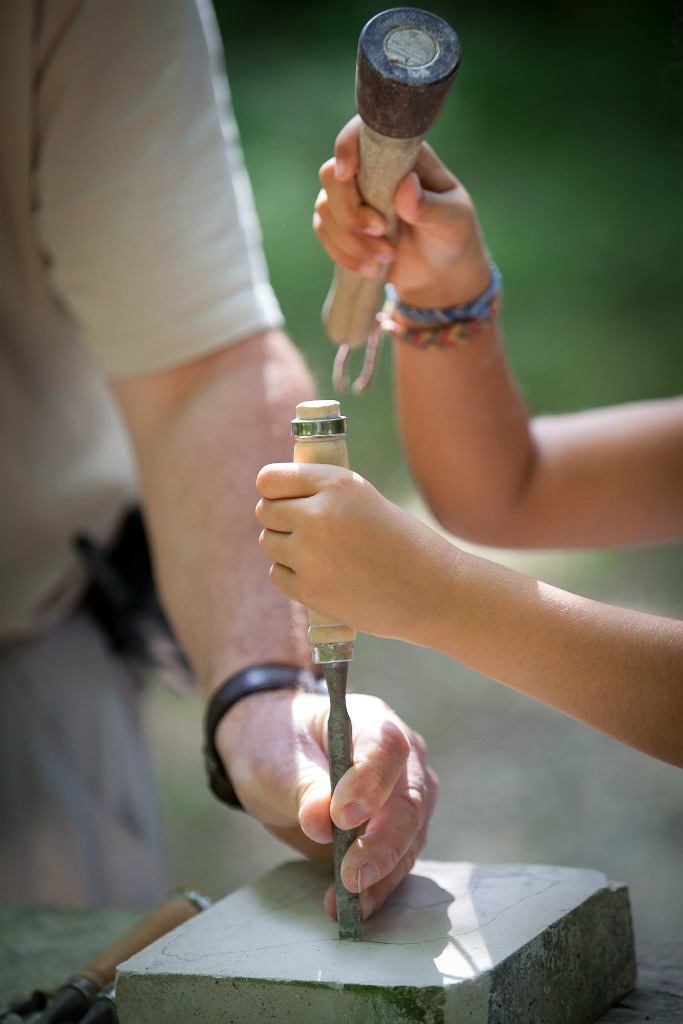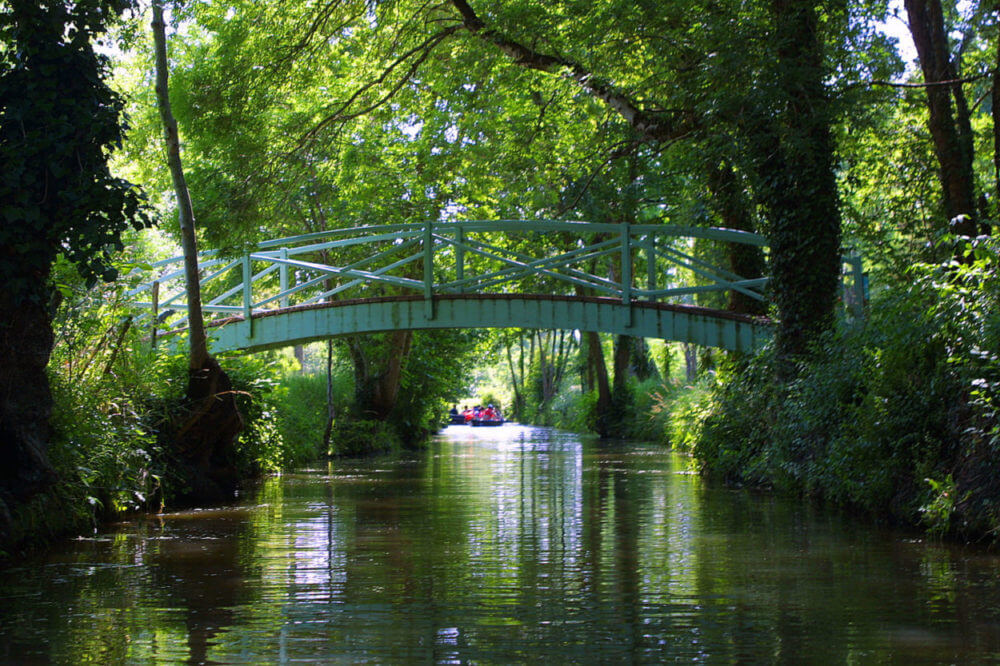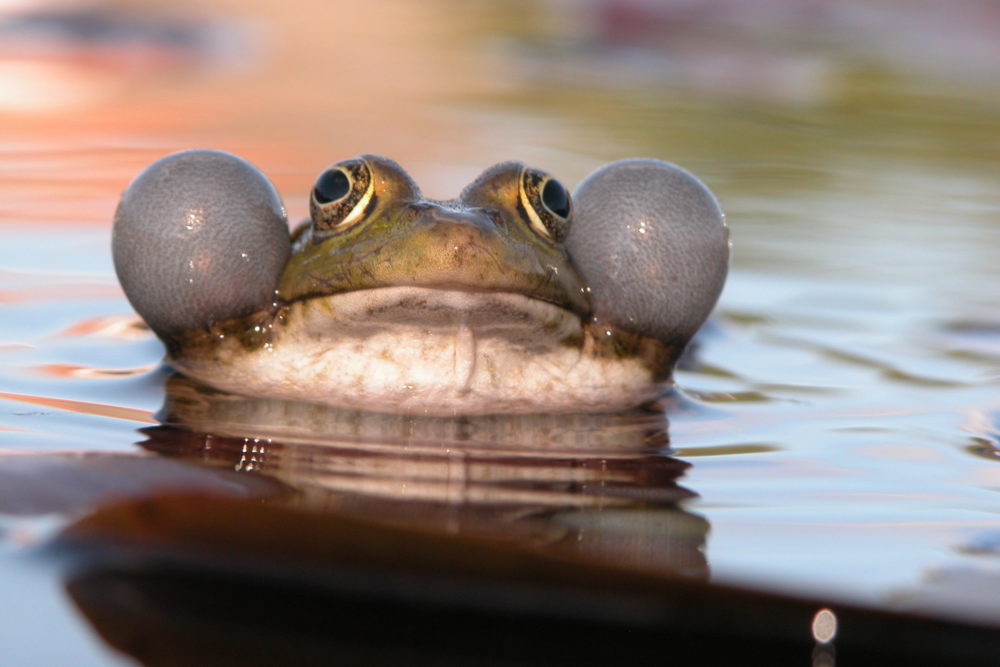14 ways of getting up close and personal with nature in the Charente-Maritime.
The ‘Échappées Nature © network, founded in 1995 on the initiative of the Département de la Charente-Maritime brings together 14 very special – and protected – places where the general public can come into close contact with the natural world. Self-guided visits, guided walks, workshops, viewing the local flora and fauna, exhibitions, special events and shows… All offer the chance to get to know the wealth of wildlife and the variety of natural habitats that call the Charente home. All will be explained by professionals and guides who are passionate about the natural world. They are able to communicate that passion to their audiences. Next stop, the wonders of nature!
The Asinerie du Baudet du Poitou
This 55 hectare site is devoted to the protection and breeding of Poitevin horses, Poitevin mules and Poitevin donkeys. The cutest of all these breeds has to be the Baudet du Poitou, the Poitevin donkey. It instantly recognizable due to its highly distinctive long shaggy coat! At the Asinerie du Baudet du Poitou, an Echappées nature © site, you can pet the jennies and their young (depending on the time of year), find out more about the conservation programme headed up by enthusiasts of the breed over the last thirty years and more, go for a carriage ride or a walk with a donkey fitted with a packsaddle. In the summer, young children can even go for a gentle donkey ride!
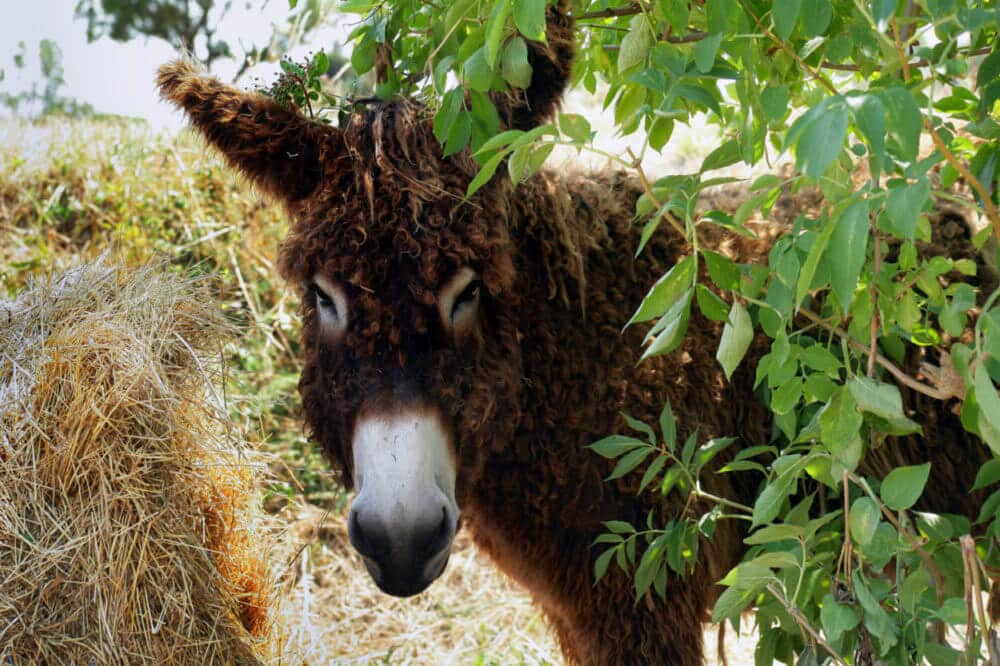
The Cabane de Moins: heaven for birds!
Located at Breuil-Magné, north of Rochefort-sur-mer, the Cabane de Moins is sited in a 150 hectare no-hunting zone. This nature reserve is dotted with ponds, lakes and wet meadows. They are ideal for wildlife that typically lives in wetlands. Shelducks and various duck species, great white egrets and even the hard-to-see otter make their home here! With the help of the hides positioned along the nature trail, you can observe, unseen, life on the reserve. If you want to know more about (or see more of) the local wildlife, take a guided walk or bicycle ride or head out at sunrise or sunset, where you’ll witness a swarming mass of life as the changing of the guard between nocturnal species and denizens of the day-time takes place.
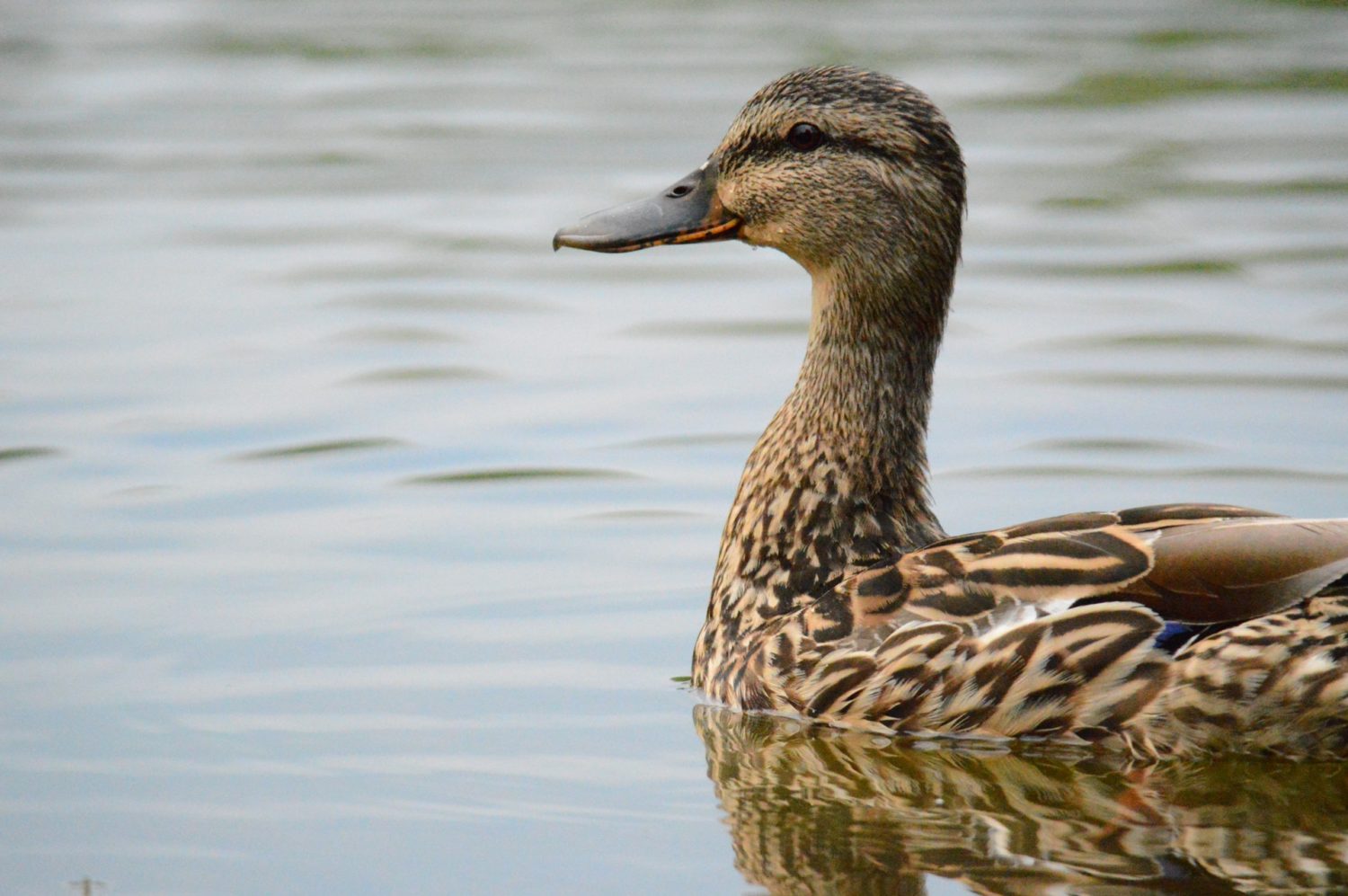
The Écomusée du Marais Salant: a place that’s literally the salt of the earth!
Salt marshes are a key part of the landscape on the Ile de Ré. Despite this, the production of salt at one time had nearly ceased entirely here! Thanks to a programme aiming to promote this industry, young salt manufacturers have set up shop again. They restore abandoned salt marshes. Also, they keep this age-old Ile de Ré tradition alive. At the heart of the Loix peninsula you’ll discover all there is to know about the so-called ‘white gold’. After a visit to the écomusée here, which recounts the story of the salt-marshes, you’ll head out with a guide to walk around a working salt-marsh to find out how it operates, the salt-harvesting techniques that are used and all the secrets of the salt-manufacturing trade. You’ll also discover the plants that are native to this marshland in the shape of samphire, sea lavender, wild mustard and more…
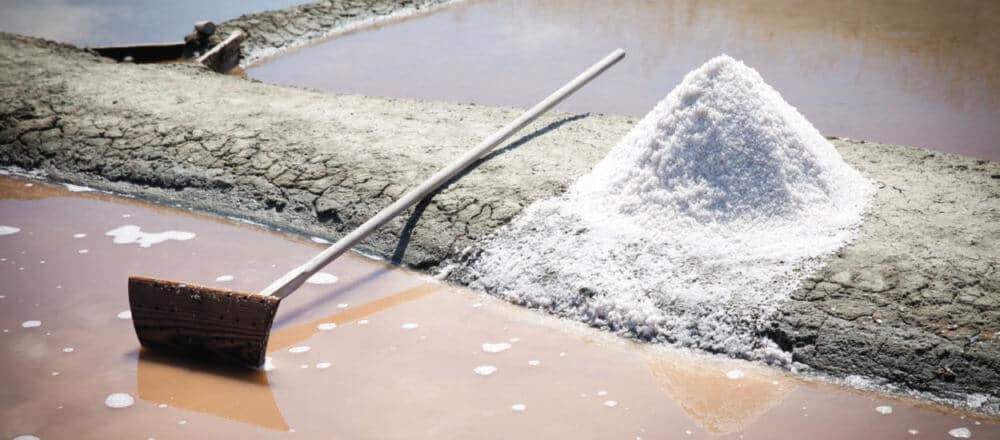
Marais aux Oiseaux de l’île d’Oléron
This nature reserve is also home to some domesticated animals. It is a place where you can get better acquainted with 600 creatures of some 40 different species. The walking trail wends through woodland and marsh. It enable you to really see the natural world at close quarters. During visit the miniature educational farm, kids, much to their delight, will be able to get up close to different domesticated animals – you’ll then have a chance to see wildlife in its natural habitat, including herons, white storks, egrets, and, with luck, the iconic kingfisher. Get a ‘bird’s eye’ view from the observation tower with its splendid views over the Marais aux Oiseaux and the ancient salt marshes that extend into the distance. Pure magic.
The Maison de la Forêt
Nestled in the heart of the forests of the Haute-Saintonge, La Maison de la Forêt is a 20 hectare nature reserve that’s open all year round. It boasts an observation tower from which you have a great view of the whole reserve. This area is prime Maritime Pine territory – for two centuries, harvesting this tree’s resin was big business. Logging and other forestry activities have replaced this traditional industry. At every turn in the path you’ll discover something new and a different theme – beehives, the ‘bird maze’, the butterfly reserve, burrows and the creatures that call them home, the fungi clearing and more…
Parc de l’Estuaire
Looking out over the ocean from a lush green setting in the Forêt de Suzac forest (Saint-Georges-de-Didonne), le Parc de l’Estuaire, an Échappées Nature © site, has a fun way of teaching you about Europe’s largest estuary, the Gironde River estuary. Enter the ‘engine room’, designed to look like a submarine. You’ll start to understand the incredible story of how the estuary was formed. Discover its natural habitats and landscapes – both aquatic in nature and on dry land. Then you could go for a woodland nature walk. Pit the family against the challenge of the ‘Operation ‘Survive the Ile de Parc’’ treasure hunt (Opération survie sur l’île de Parc). Finally, climbing the watchtower for breath-taking views of the estuary, the Médoc area, beaches, cliffs and the Cordouan and la Coubre lighthouses.
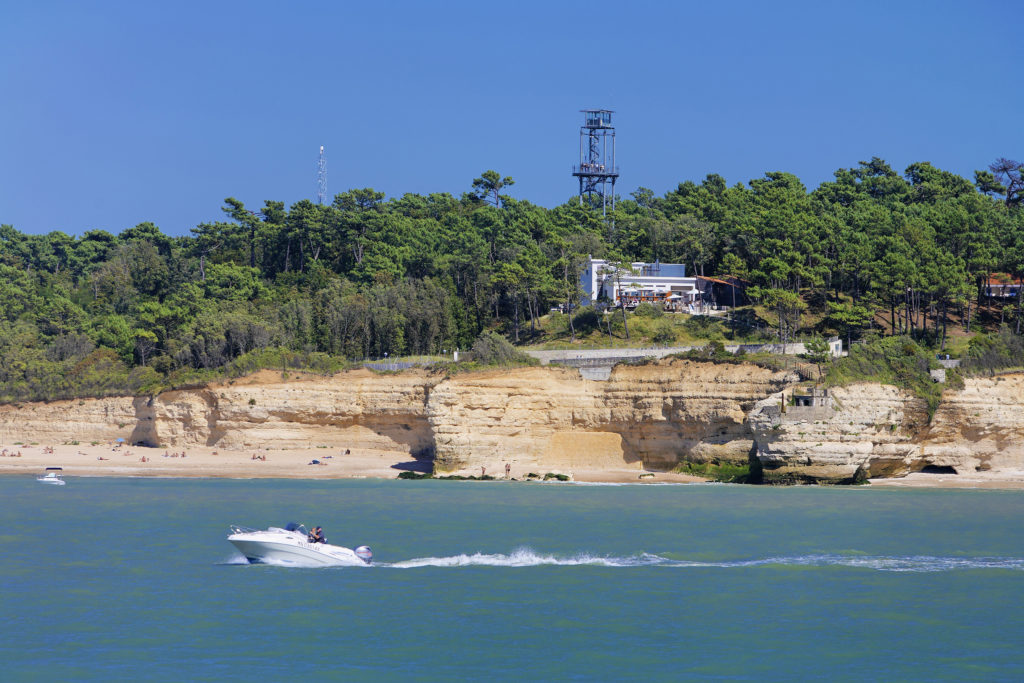
Crazannes stone and a quarry that really rocks!
Quarried from Roman times (the first century AD), right up until the 1950s, Crazannes stone made the town of the same name famous. This beautiful white stone was used in the construction of many major monuments and buildings including the Arch of Germanicus in Saintes and Fort Boyard. After the quarries were worked out, nature gradually took over once more. The gorges and underground workings are now covered with a luxuriant, exotic layer of vegetation. It looks straight out of a tropical jungle. Walk along the quarryman’s trail to learn about the saga of this remarkable site. Discover the wealth of animal and plant life that has now made this place home. If you fancy yourself to be a bit of an artist, there are even stone-working taster sessions!
Vitrezay: the magical Gironde estuary
A picturesque port, boats, a pier, an open-air café and a whole row of fishermen’s huts on stilts – welcome to Europe’s largest estuary, the Gironde estuary – to be more precise, welcome to the Échappées Nature © site at Vitrezay!
The marshes adjoining the estuary make Vitrezay into a natural habitat that has long been teeming with activity. Don’t be deceived by the apparent calm! Life is all around you: in the ditches, by the water’s edge, on the estuary itself. Fish, storks, herons, boats, and of course, people who live and work here. A wide range of water- or land-based activities will help you understand this rich habitat, not to mention have some fun! There are cruises aboard the ‘Saintongeais’, nature walks, bicycle or even carriage rides, an introduction to fishing and even the chance to rent out a traditional fisherman’s hut on stilts.

The Marais poitevin
France’s second-largest area of wetland, the Marais poitevin, boasts an incredible natural heritage and a fascinating history. The Marais Poitevin is an Échappées Nature© site with two specific visitor gateways.
From the landing stage at Bazoin you can take a ride in a traditional flat-bottomed boat, either renting it out yourself or with a boatman-guide. You’ll discover all about the amazing fauna and flora of the so-called ‘wet marsh’ around the major water management system at Bazoin. Here, the key watercourses of the Marais Poitevin meet.
The Centre nature du Marais poitevin at Taugon is located on its very own, unspoilt site. It specifically aime at school groups and summer camps.
Port des Salines: uncover the mystery of the salt marshes of the Ile d’Oléron
With its pretty, vibrantly-coloured oyster farmers’ huts, the Port des Salines extends an invitation to take a closer look at the less well-known side of the salt marshes of the Ile d’Oléron. This Échappées Nature© site located in the village of Grand-Village-Plage will offer you a window onto the world of the salt-harvesting industry and explain the mysteries behind the lucrative business of sea salt production. Thanks to the écomusée and a guided tour, you’ll soon know all there is to know about how salt marshes function. In July and August, you’ll be able to meet the salt-producer face-to-face. He’ll show you the tools of his trade and will teach you how to handle the simouche (a long-handled wooden rake) and the servion (a shorter-handled implement used to gather up the fleur de sel into piles) so that you can harvest your own batch of ‘fleur de sel’ (advance booking required). If you’d like to end the day on a romantic note, why not go for a boat ride on the marsh?!
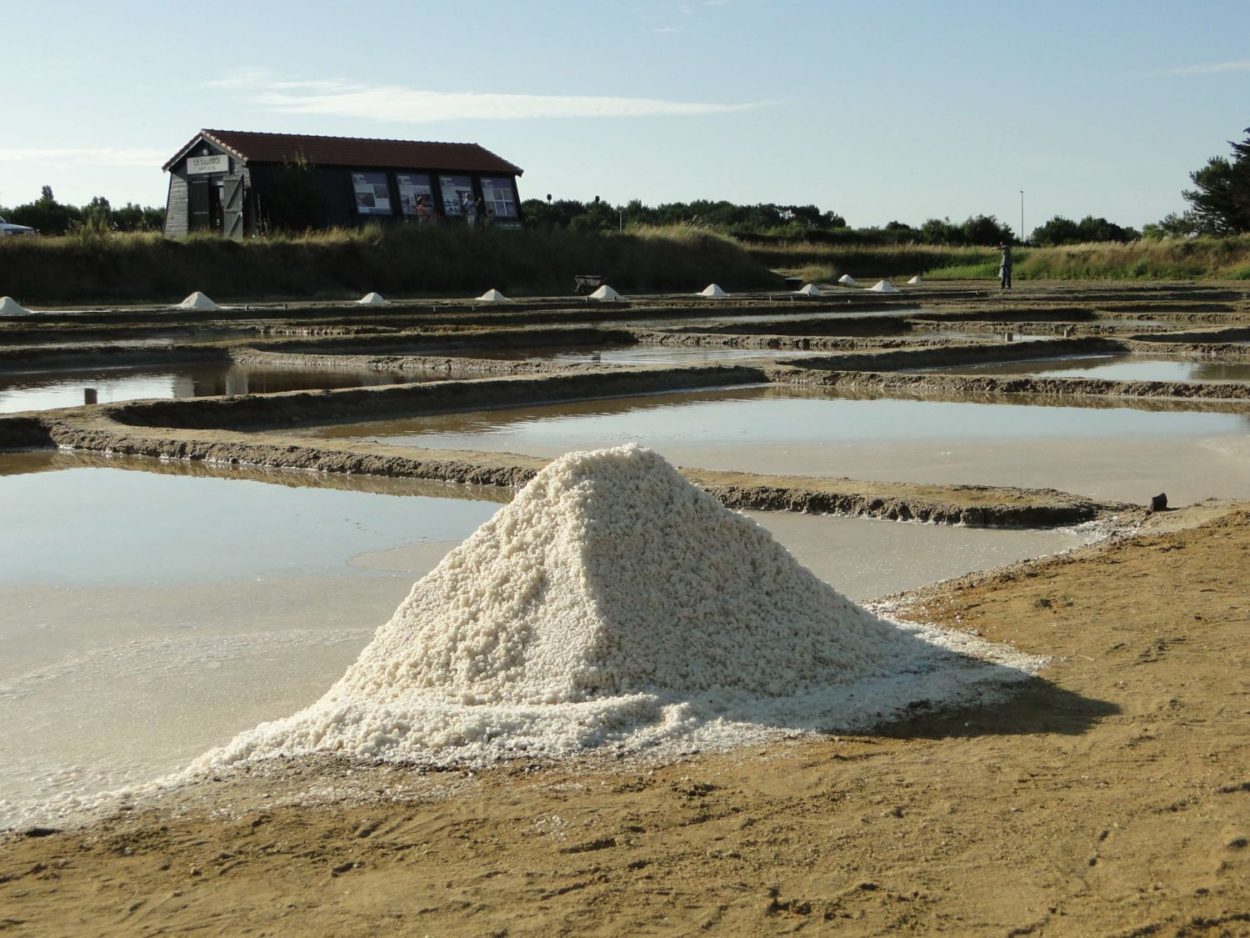
The Maison du Fier and the Réserve Naturelle de Lilleau des Niges: take a bird’s eye view!
The Maison du Fier is housed in a former salt warehouse. The last one to have been operational on the Ile de Ré. It’s the starting point for a visit to the nature reserve located on the Fier d’Ars bay. Set on a major migratory route, the Lilleau des Niges bird reserve covers 220 hectares of age-old salt marsh. Explore this birding paradise with the help of experts from the Ligue pour la Protection des Oiseaux (the French equivalent of the RSPB). They organize outings and fascinating educational activities. Binoculars will be supplied, enabling you to observe the never-ending procession of black-winged stilts, redshanks, common terns and avocets. Now that’s a real bird’s eye view!
The Réserve naturelle du Moëze-Oléron: birding heaven!
A haven of peace and quiet located on the major migration route of the East Atlantic Flyway, the Réserve Naturelle de Moëze-Oléron is a major wintering site for migratory birds. The site’s huge variety of natural habitats (mudflats, lagoons, the ocean, sand dunes…) attracts a mass of birdlife which you can observe at your leisure. All year round, the natural world puts on a spectacular show here, visible to anyone with binoculars. Spoonbills, curlew and white storks are some of the 195 species which have been regularly seen on the reserve. Four foot paths featuring raised walkways and observation hides mean you can wander through polders, salt meadows, sand dunes and mudflats. Want to see more? Why not choose from a selection of guided tours aimed at a range of visitors?

The Réserve Naturelle du Marais d’Yves: hidden treasures on the seashore
This Échappée Nature site, located between Rochefort and Châtelaillon, is the jumping-off point for the discovery of the hidden treasures of the réserve naturelle du marais d’Yves, a patchwork of fascinating habitats: marshland, sand dunes, lagoons and more. The wealth of wildlife here is incredible. Geese, ducks, herons, storks and waders all flock to the reserve for a short stop-over or a longer stay. Multiple themed outings are on offer, accompanied by an LPO ornithologist. Set off on foot or by bicycle to watch marshland or migratory birds, experience that fleeting, but magical time, dusk. Enjoy panoramic views over the baie d’Yves, islands and forts. Meanwhile, children can set off on a “Junior safari”, playing the starring roles of budding nature detectives, mini fossil-hunters and seekers of feathers and sea-shells. One thing is certain, they’ll have a ball!
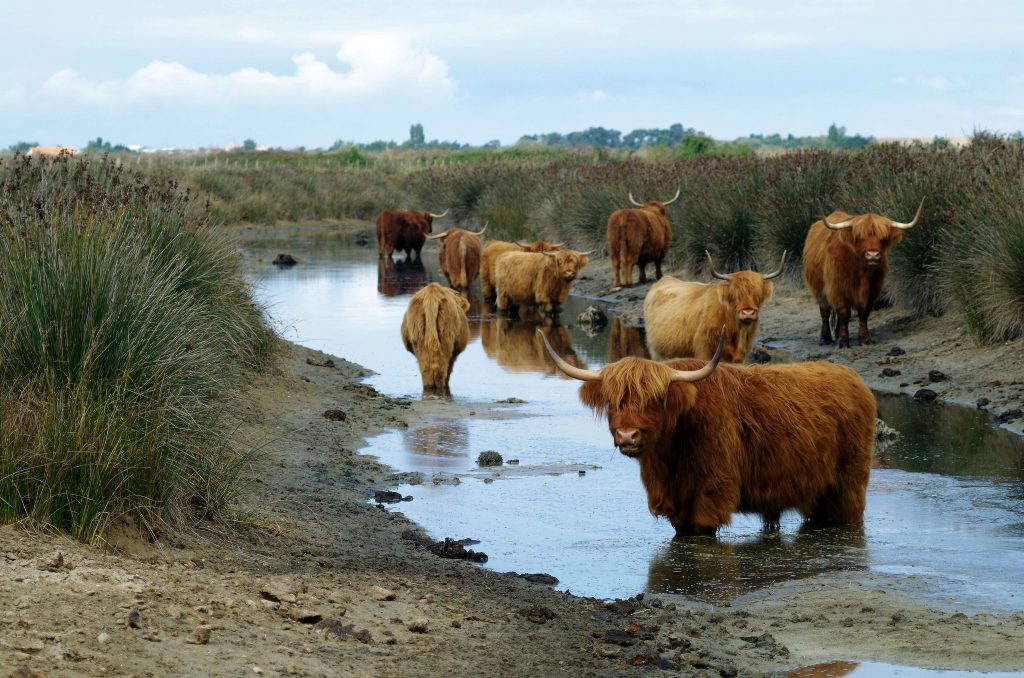
The Station de Lagunage de Rochefort
Located on the banks of the River Charente, this is a site like no other in Europe. The station de Lagunage de Rochefort helps process the town’s wastewater through an eco-friendly technique, that of lagooning. Some 35 hectares of lagoons help clean 5000 cubic metres of water every day in an entirely natural process. These ponds also function as resting places for water-birds, with an abundance of easily-available food. You can watch these birds on outings organized by the LPO (a nature conservation charity that is the French BirdLife International Partner). But, before, they introduce to how the lagooning station operates. It’s well worth the visit!
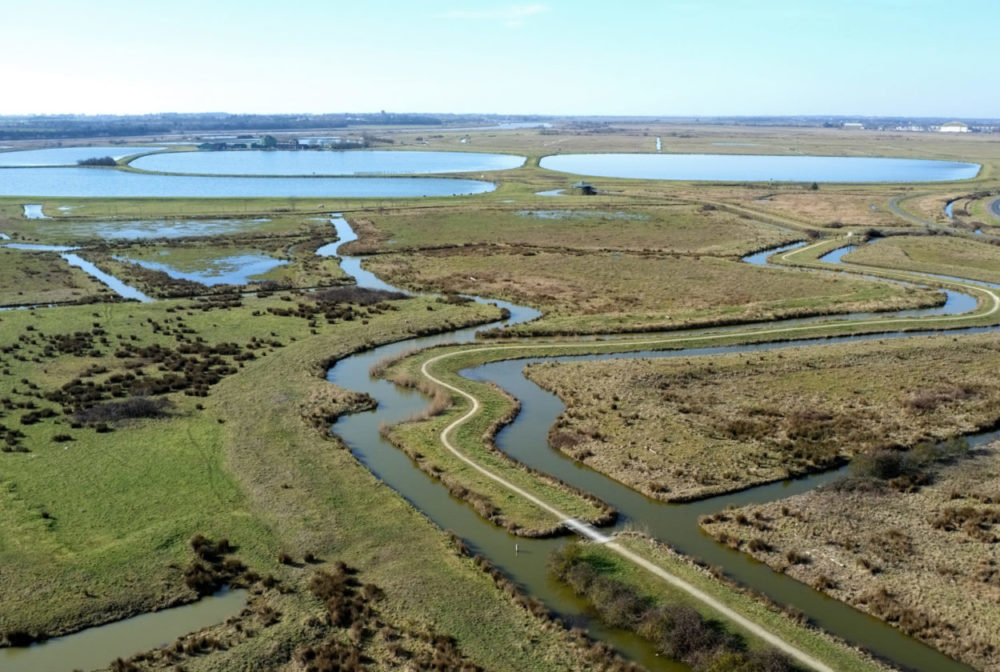
Loopi
Take a closer look at Loopi, a highly-practical route-planning app that shows existing itineraries and also allows you to plan your own personalized trip.

